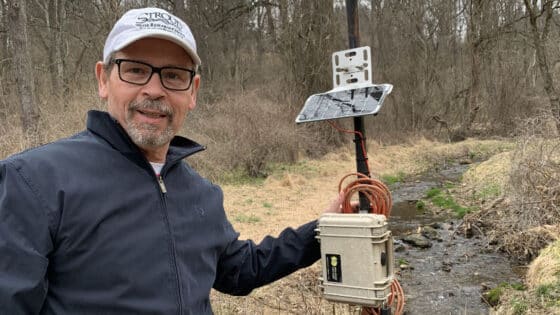Eldridge, W.H., J.J. Hard, and K.A. Naish. 2010. Ecological Applications 20(7):1936–1948.
Abstract
Adaptation to human-modified ecosystems has been implicated in changing the life history of a number of wild animal populations, potentially contributing to their collapse. Fishing may be an important evolutionary force that can change the distribution of fitness-related traits; however, the magnitude and direction of the evolutionary response may be influenced by different management strategies. Most phenotypic traits subject to human-induced selection are simultaneously influenced by the environment and by genetic variation, and many traits are genetically correlated. Here, we evaluated the evolutionary outcomes of harvest activities on mean length and age at maturity in a fish population by coupling a multivariate quantitative genetic model with a Leslie life history matrix model. Lengths-at-ages were treated as genetically correlated characters parameterized from empirical data on chinook salmon (Oncorhynchus tshawytscha) populations. Using simulations, we explored the outcomes of 100 years of harvest using gill nets, which impose disruptive selection, or longlines, which impose minimum size selection, that targeted immature individuals in the high seas or maturing individuals in terminal spawning areas. Response in mean length and age depended on selection differentials imposed by harvest (which depended in turn on fishing location, gear type, and proportion of the population harvested) and on the genetic correlations between traits. Mean length was strongly influenced by the selection differential of the most abundant age class. Large differences in response were observed between the high-seas fishery, where the most abundant age was the youngest age vulnerable to harvest, compared to the terminal area fishery, where an older age class was most abundant. We observed a substantial difference in response between gill nets and longlines in the terminal fishery only. The evolution of mean age of mature individuals was less predictable, but generally increased as length decreased and decreased as length increased. The model presented here has potential for incorporating empirical data into fisheries forecasting and therefore provides a powerful means of integrating evolutionary considerations into harvest management.


